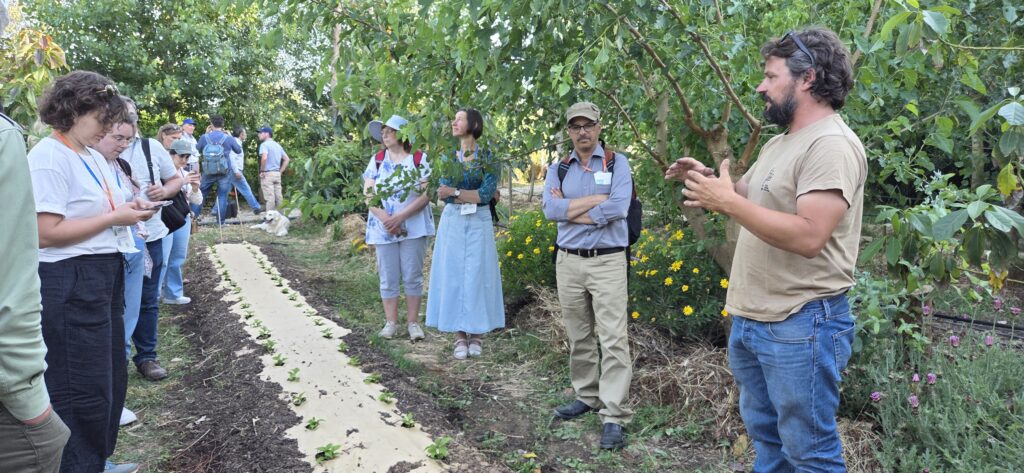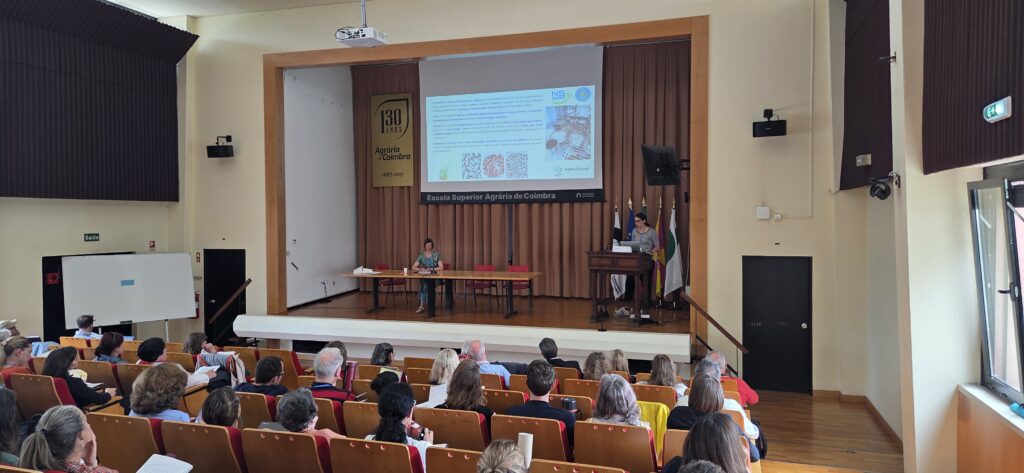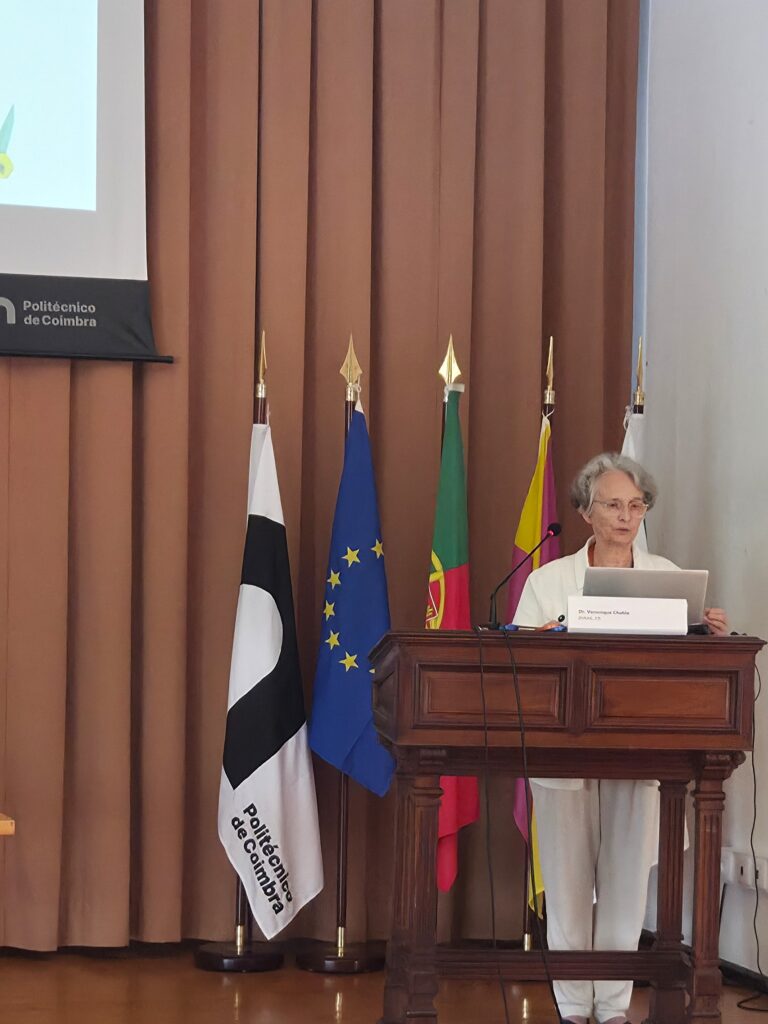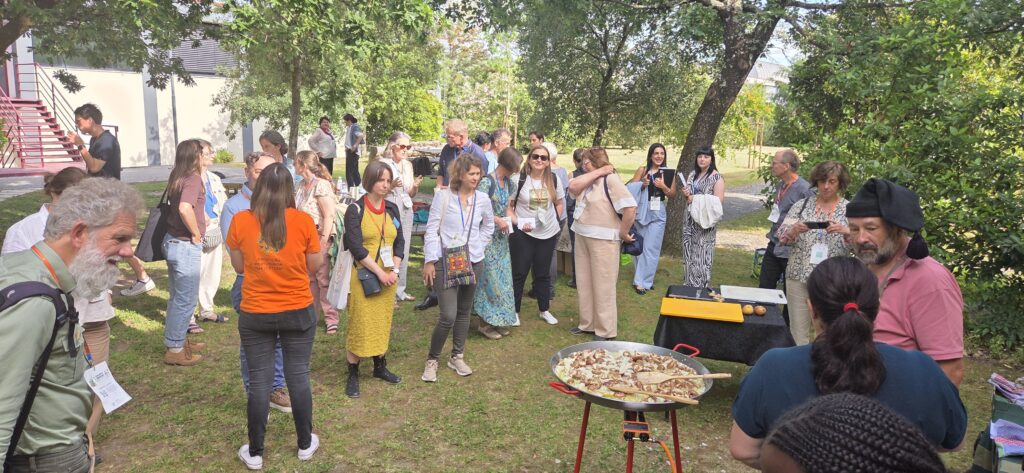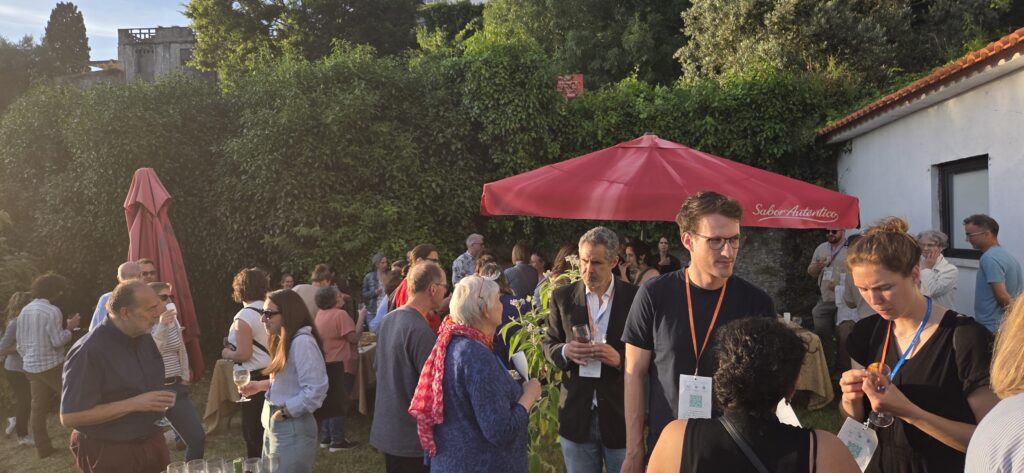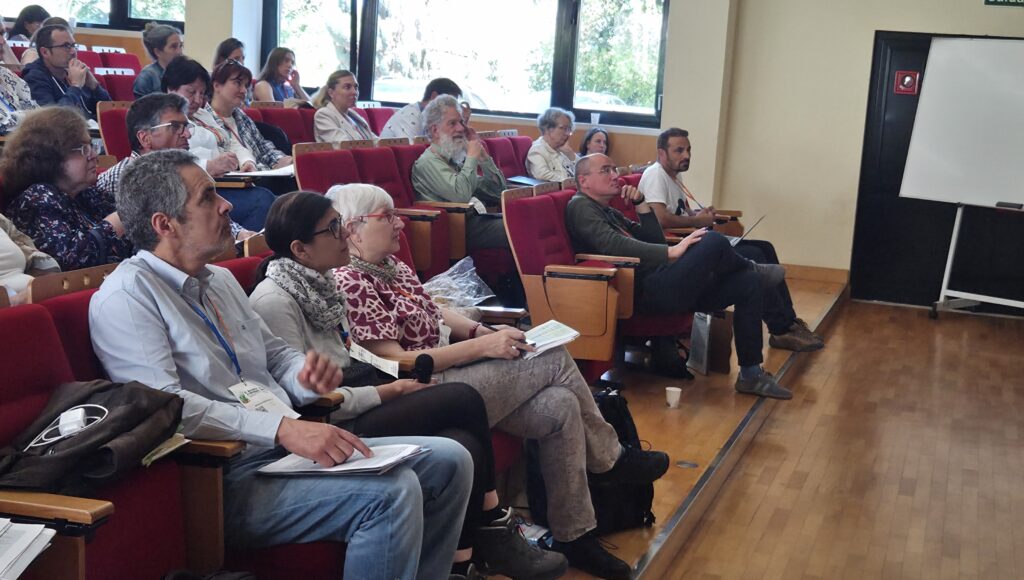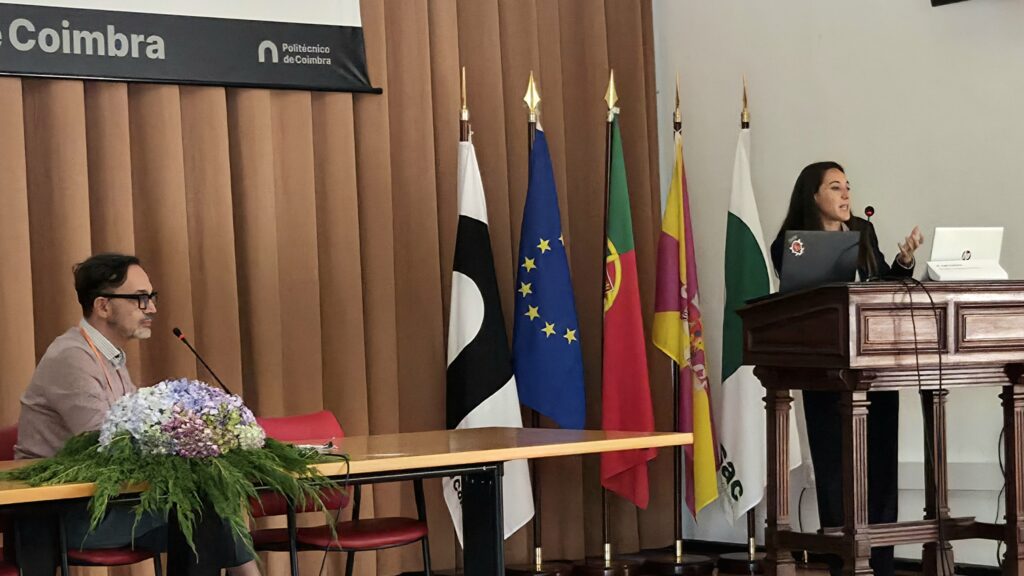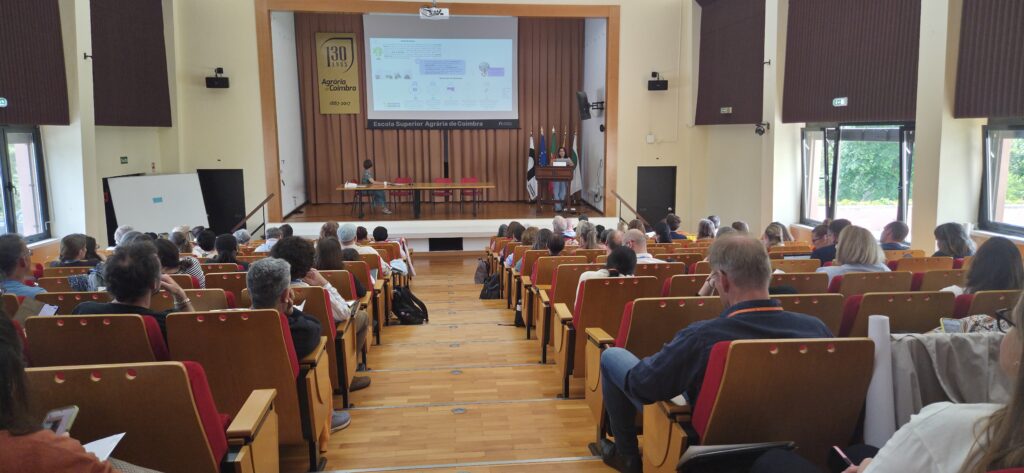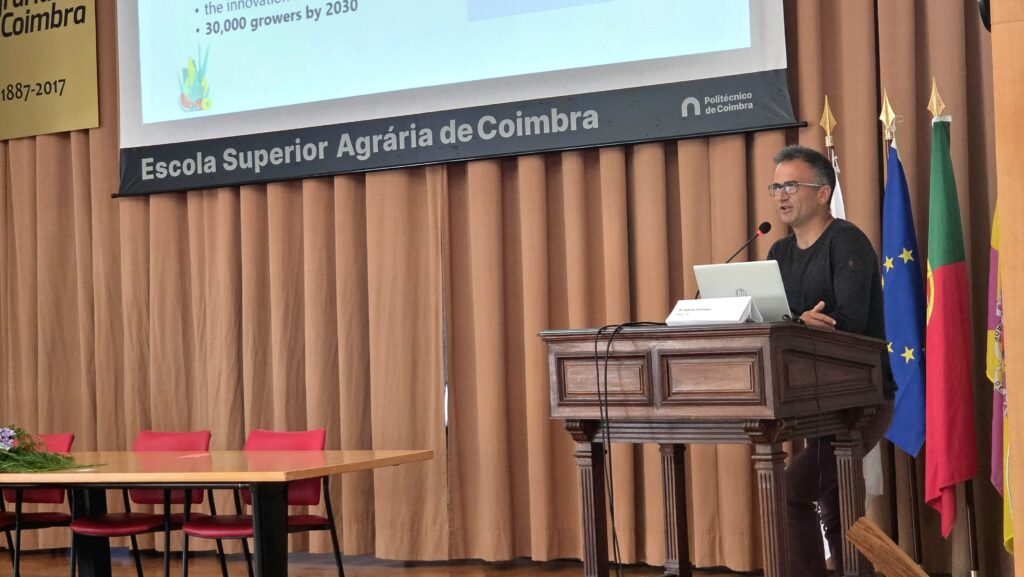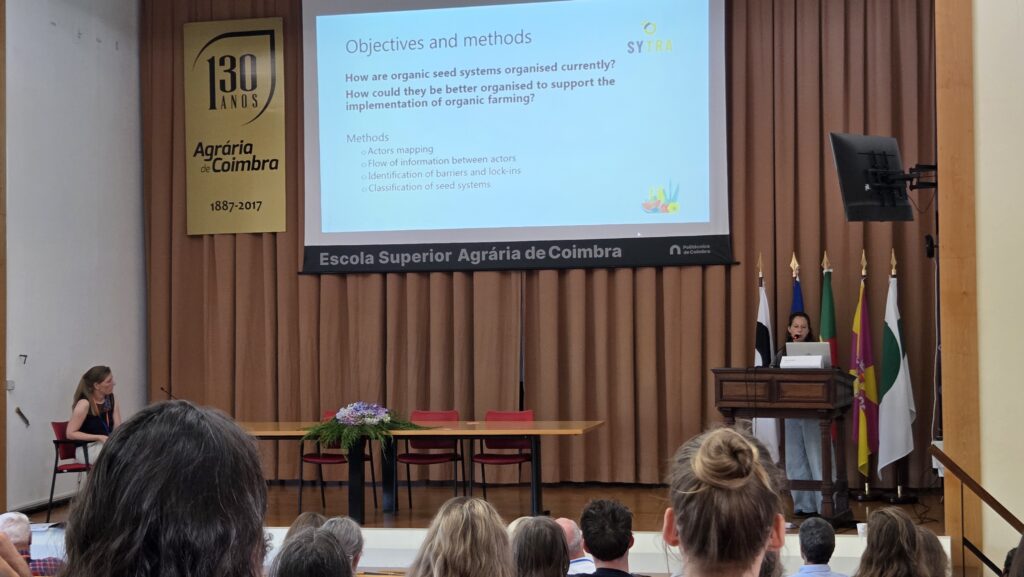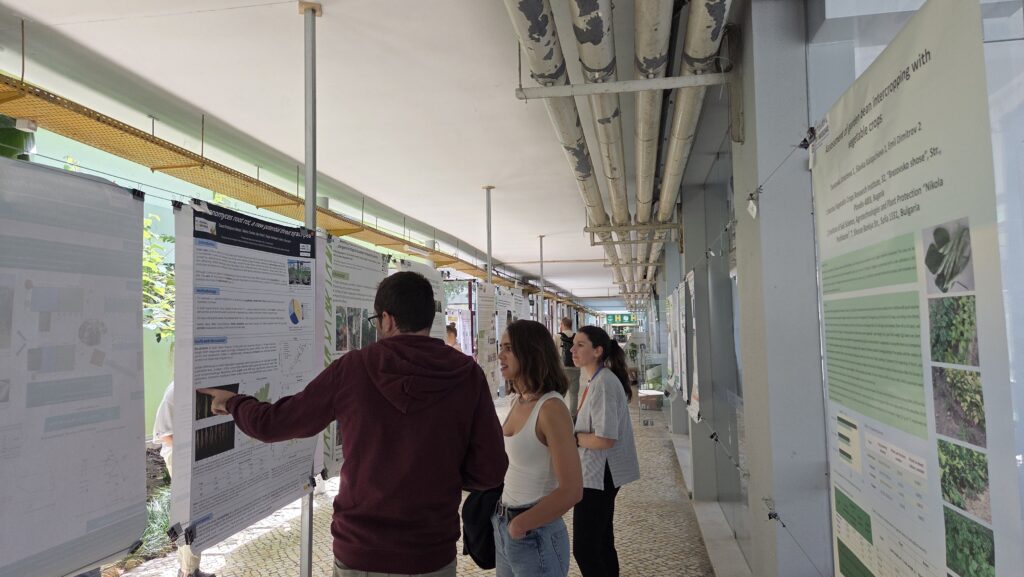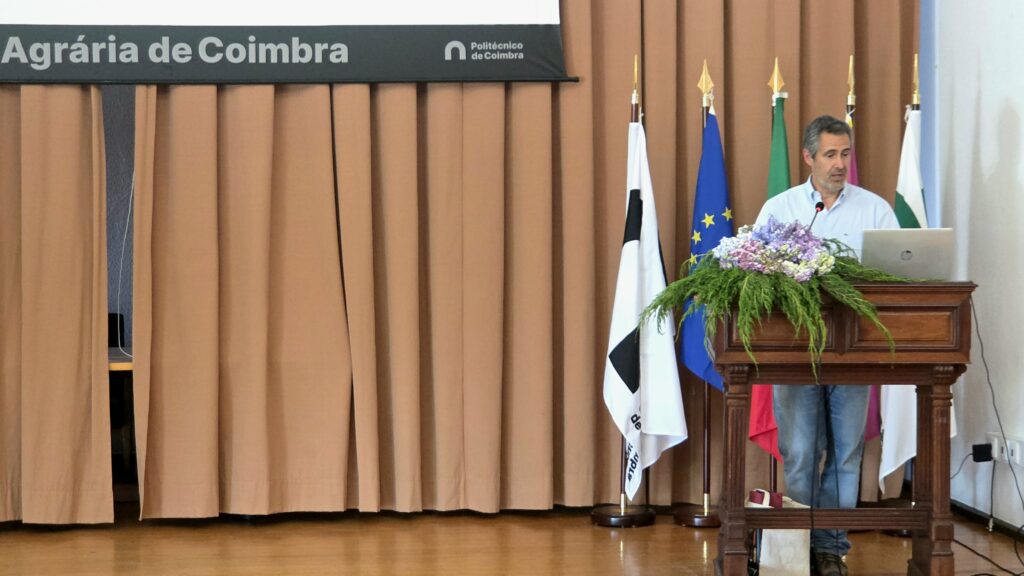The EUCARPIA Scientific Conference 2025 concluded last week in Coimbra, Portugal, bringing together researchers, breeders, farmers and policy actors from across Europe to explore how plant breeding can respond to the environmental and societal challenges of our time.
Organised by the EUCARPIA Section on Organic and Low-Input Agriculture in collaboration with the LiveSeeding project and the Polytechnic University of Coimbra, the event provided a space for scientific exchange and critical reflection on the future of plant reproductive material in organic and agroecological systems.
Over the course of three days, sessions covered a wide range of topics, from intercrop systems and participatory breeding to pollinator-friendly phenotyping and regulatory frameworks.
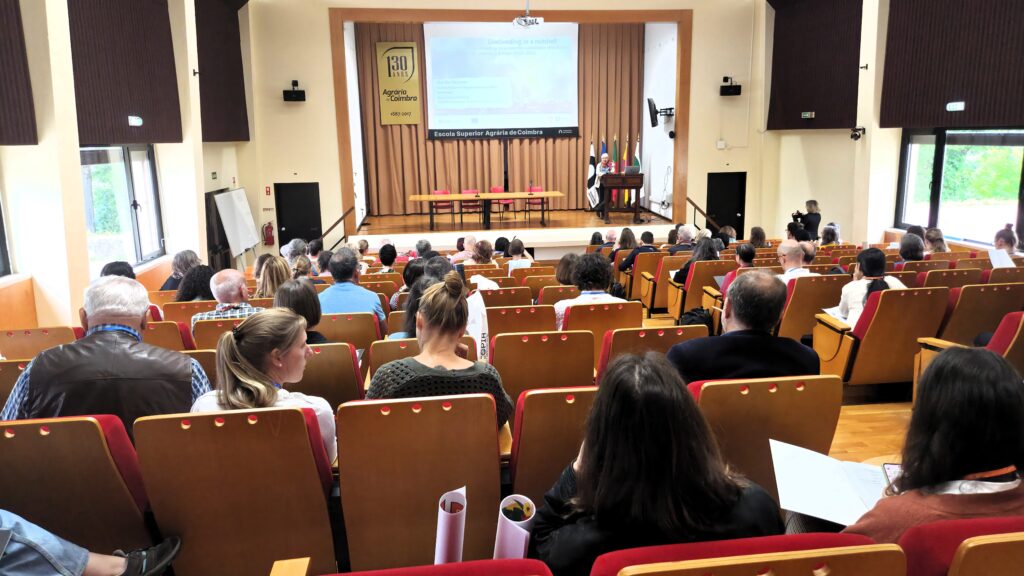
From technical tools to systemic approaches
The opening day focused on breeding strategies to meet environmental challenges. Presentations addressed breeding approaches for intercropping systems, the role of assisted selection, and novel phenotyping platforms to support pollinator interactions. A contribution from Tristan Duminil (Doriane) introduced the first breeding software that integrates pollinator assistance, demonstrating how digital tools are evolving to meet the specific needs of organic and diverse cropping systems.
Maria Carlota Vaz Patto presented insights from Mediterranean accessions under water stress, while Mariateresa Lazzaro from FiBL Switzerland focused on genetic resources and performance in white lupin.
A key perspective was offered by Veronique Chable, who emphasised the systemic nature of breeding for diversity:
“Breeding for diversity is not just a technical practice – it is a holistic science. Uniformity may simplify production, but it also favours the development of diseases. If we want resilient systems, we need less genetic standardisation and more diversity.”
Anders Borgen presented over a decade of work on marker-assisted breeding in organic wheat, highlighting traits such as weed competitiveness, yield stability, and protein content, while stressing the importance of breeding strategies that reflect the real needs of end users.
Diversity in practice: field visits and farmer-led initiatives
On the second day, participants visited two farms that exemplify agroecological innovation in practice.
Vivid Farms, with over 30 years of experience, cultivates 20 hectares with more than 50 species. The farm applies clear farming models based on soil health and biodiversity, demonstrating how the level of microbial life in the soil directly impacts the nutritional quality of crops.
At Casa Mendes Gonçalves, participants explored integrated agroforestry systems where compost production, breed conservation and multispecies design converge. The visit provided insight into the farm’s work to regenerate soil structure and organic matter through a symbiosis of livestock, aromatic and woody plants and other perennial species.
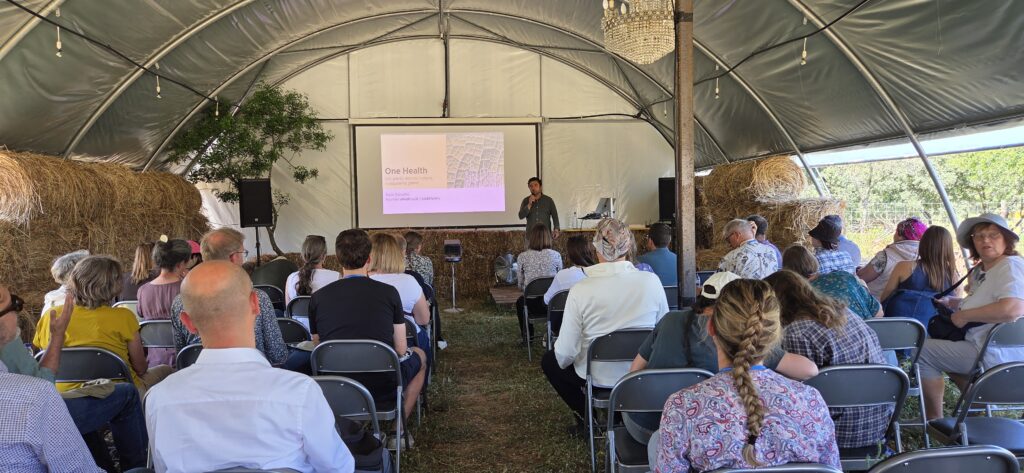
Policy, regulation and the path ahead
The third day shifted the focus to societal and regulatory dimensions. Isabelle Goldringer from INRAE presented on the democratisation of science, underlining the importance of networks of participating farmers and citizen engagement in breeding. Monika Messmer addressed the implications of proposed EU regulations on plant reproductive material (PRM), which aim to consolidate existing directives into a single framework. She also emphasised the need for GMO/NGT-free cultivars adapted to the needs of organic farming systems.
In his concluding remarks, Pedro Mendes Moreira thanked all those who contributed to the success of the conference and reiterated the importance of connecting research, practice and policy. The conference demonstrated that while technical innovations are essential, systemic transformation requires coordination, investment and inclusive strategies.
The event was followed by the 3rd European Organic Seed Policy Conference, which focused on aligning national strategies and economic instruments to increase the availability of organic seed.
